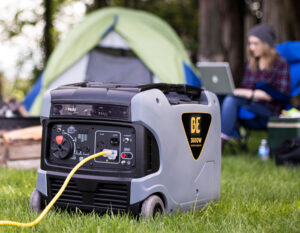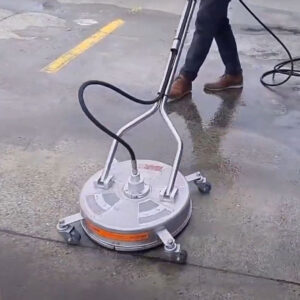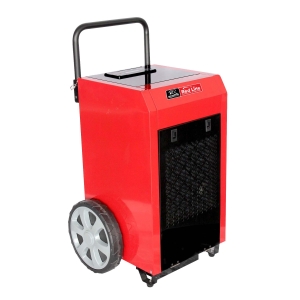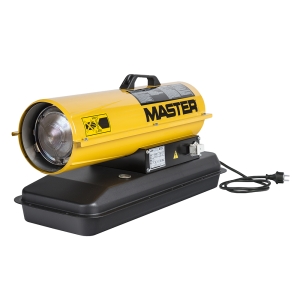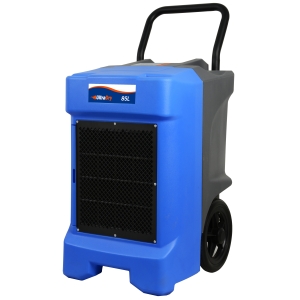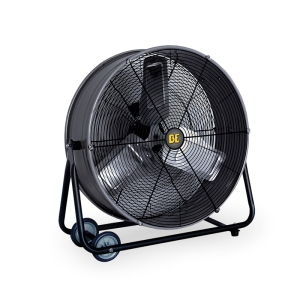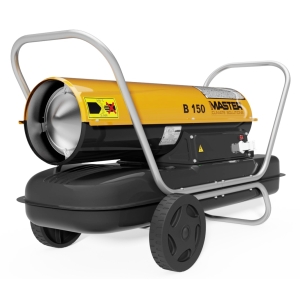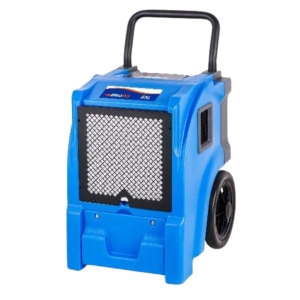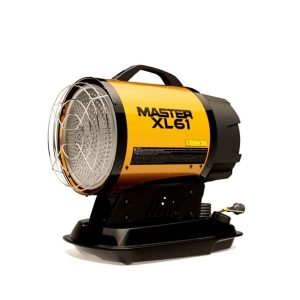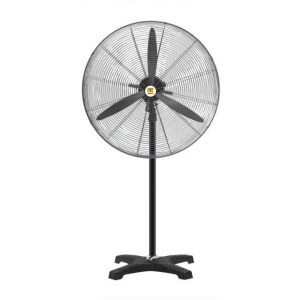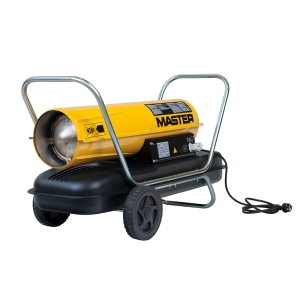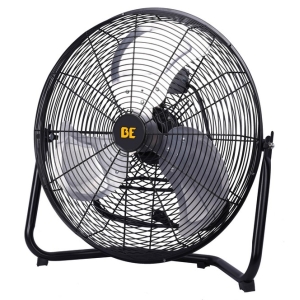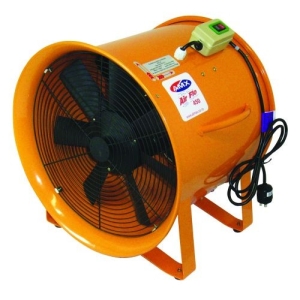
How to Make Interior Paint Dry Faster
As the bitter Winter’s cold takes hold the inevitable starts to happen: the paint isn’t drying. No one enjoys watching paint dry but you’re in luck. We’ve got some tips, tricks and equipment to help. Painting contractors are well aware that time is money and saving time between coats is essential.
How paint dries
The drying process of water-based paints is made up of two distinct stages. First is the evaporation stage whereby the water content from the paint evaporates. The second stage is the coalesce stage which is the process that forms the solid paint layer. This is the stage where the paint cures.
Tips & Tricks
Apply light coats
Apply lighter/thinner coats. Avoid the temptation to apply as much as you can as that will drastically prolong drying times. You don’t have to wait until your first coat to completely cure before you can apply subsequent coats. Using multiple coats results in a much more consistent finish rather that a single thicker coat.
A common technique for interior painting is to spray and back-roll (spray the walls followed immediately by rolling over them with a roller). This technique, combined with a fine finish spray tip, allows for thin coats and the end result is the traditional stippled interior wall finish that we’re used to. This is very efficient and will save on application time, drying time and paint costs.
Use a Dehumidifier
Paint takes considerably longer to dry in conditions where there is a lot of water vapour in the air (i.e. high humidity). Drying times can be reduced greatly by using a dehumidifier to take moisture out of the air. For commercial usage consider a dehumidifier that has the capacity to remove 50L or more of moisture from the air over a 24 hour period. Dehumidifiers also help to prevent paint drips and runs that are result of high humidity.
Use a Heater
This one is fairly obvious: introducing heat will help speed up the drying process. Heaters such as small electric heaters (around 2400W) are perfect for warming small rooms when the temperature is low. Diesel heaters are an incredibly efficient way to quickly heat larger areas. Just make sure heaters are not too close to any walls to ensure you don’t overheat the paint which may cause it to blister.
Use a Fan
When painting an entire room the humidity in that room can rise quite a lot. Using a fan to increase airflow, especially by pushing air out of a room, can benefit drying times. Fans also help keep the air circulating to help the moisture in the paint evaporate. The added benefit of using fans is that the fumes can be extracted from the room. Fans such as our ventilator and pedestal fans are cost-effective and extremely reliable.


